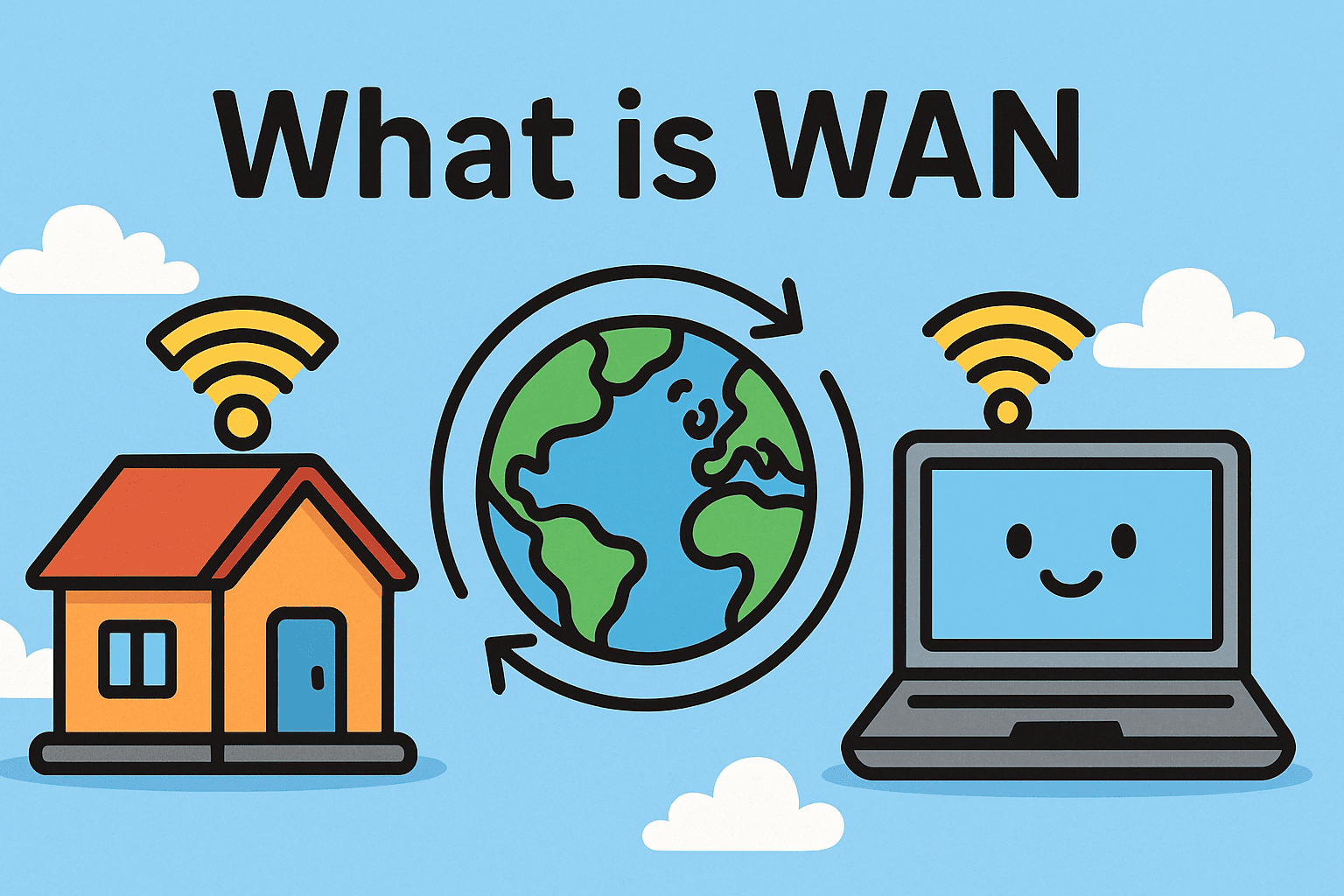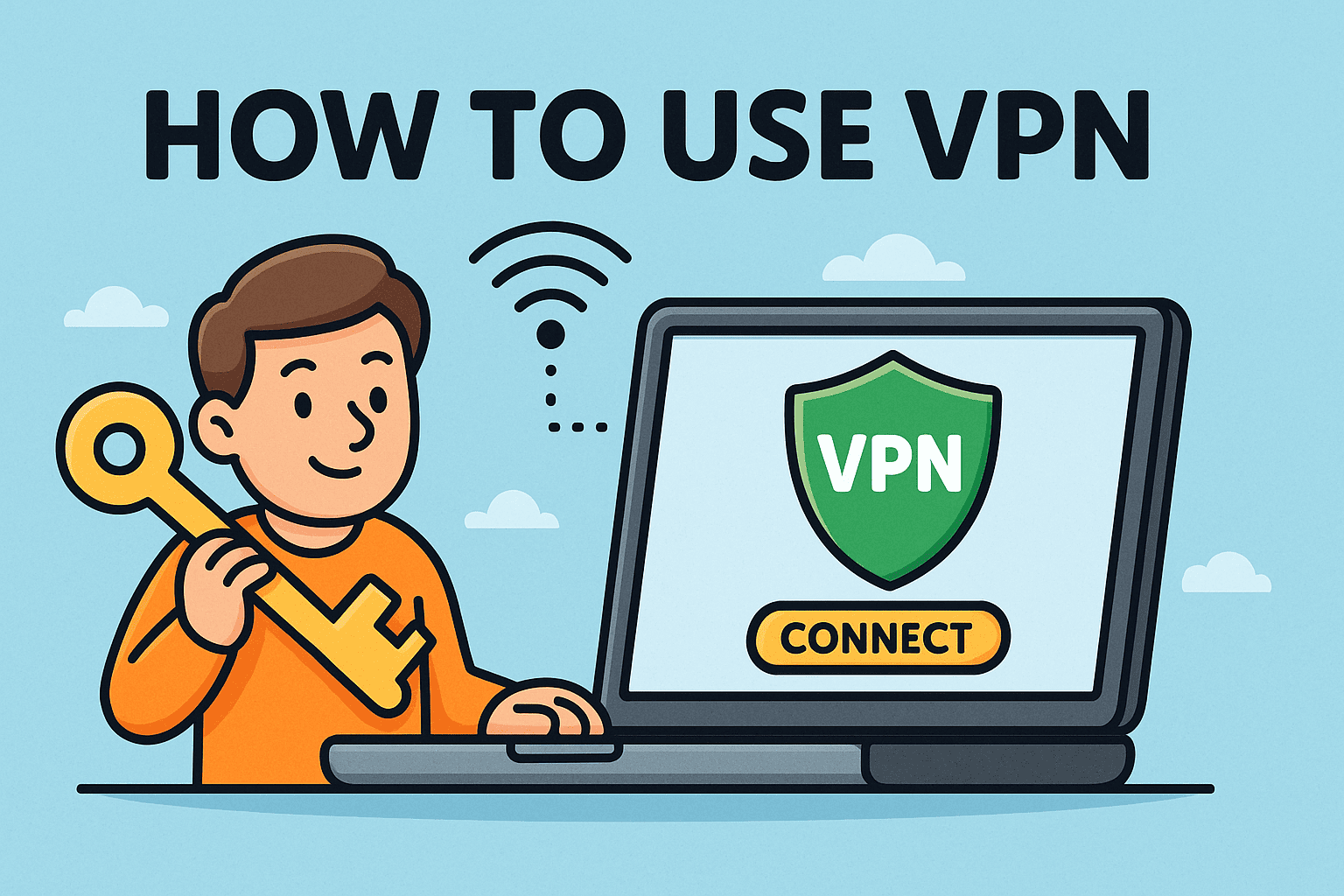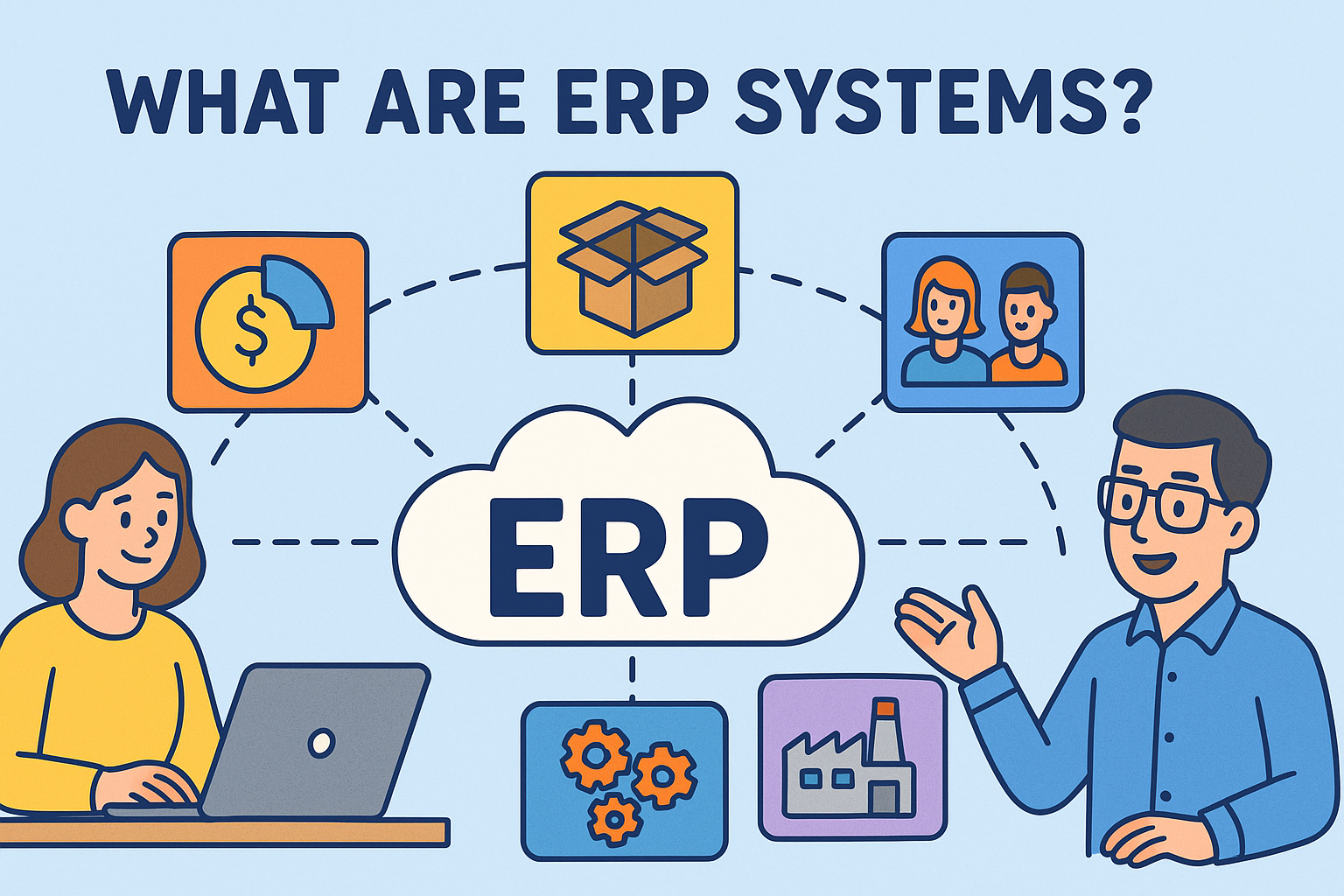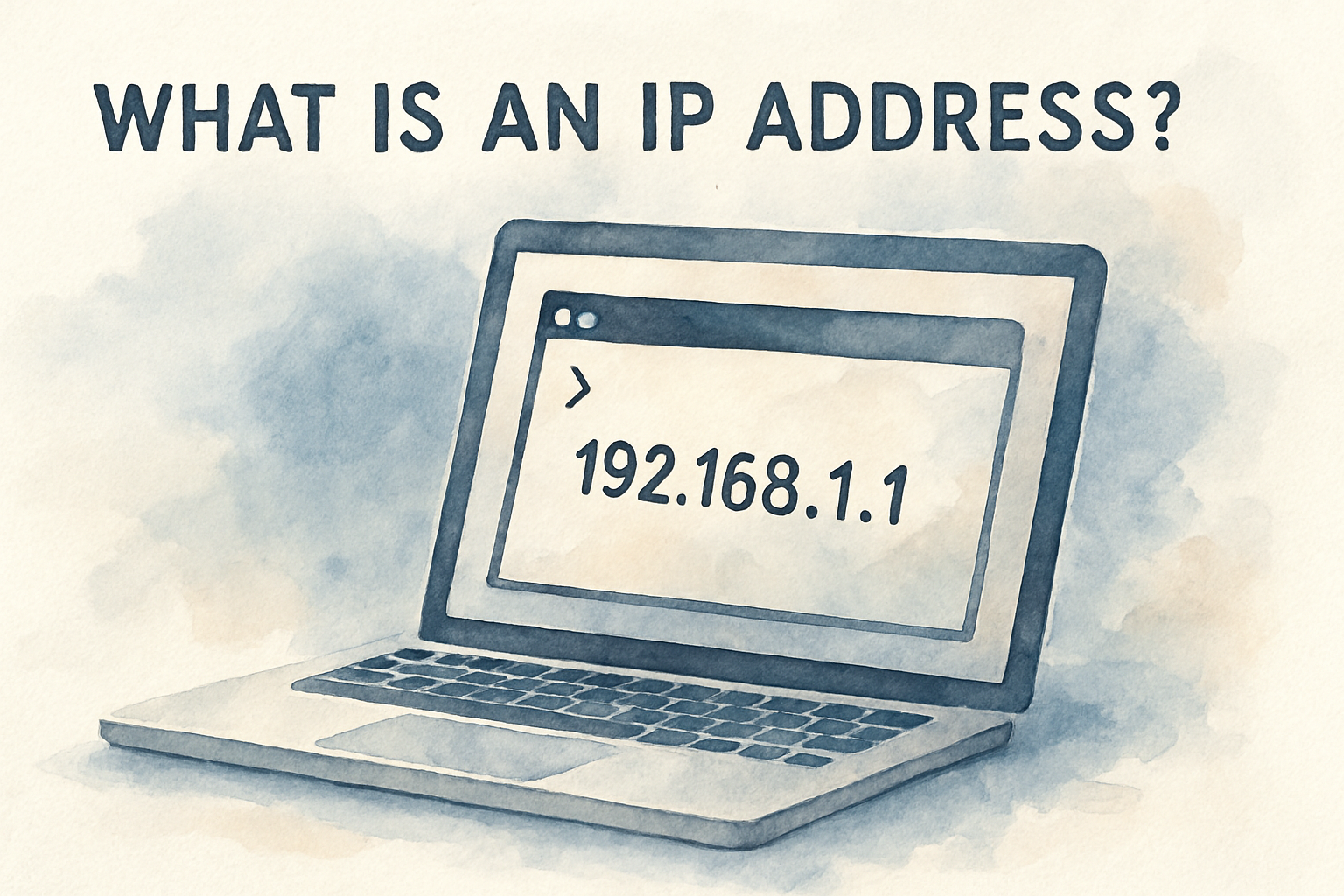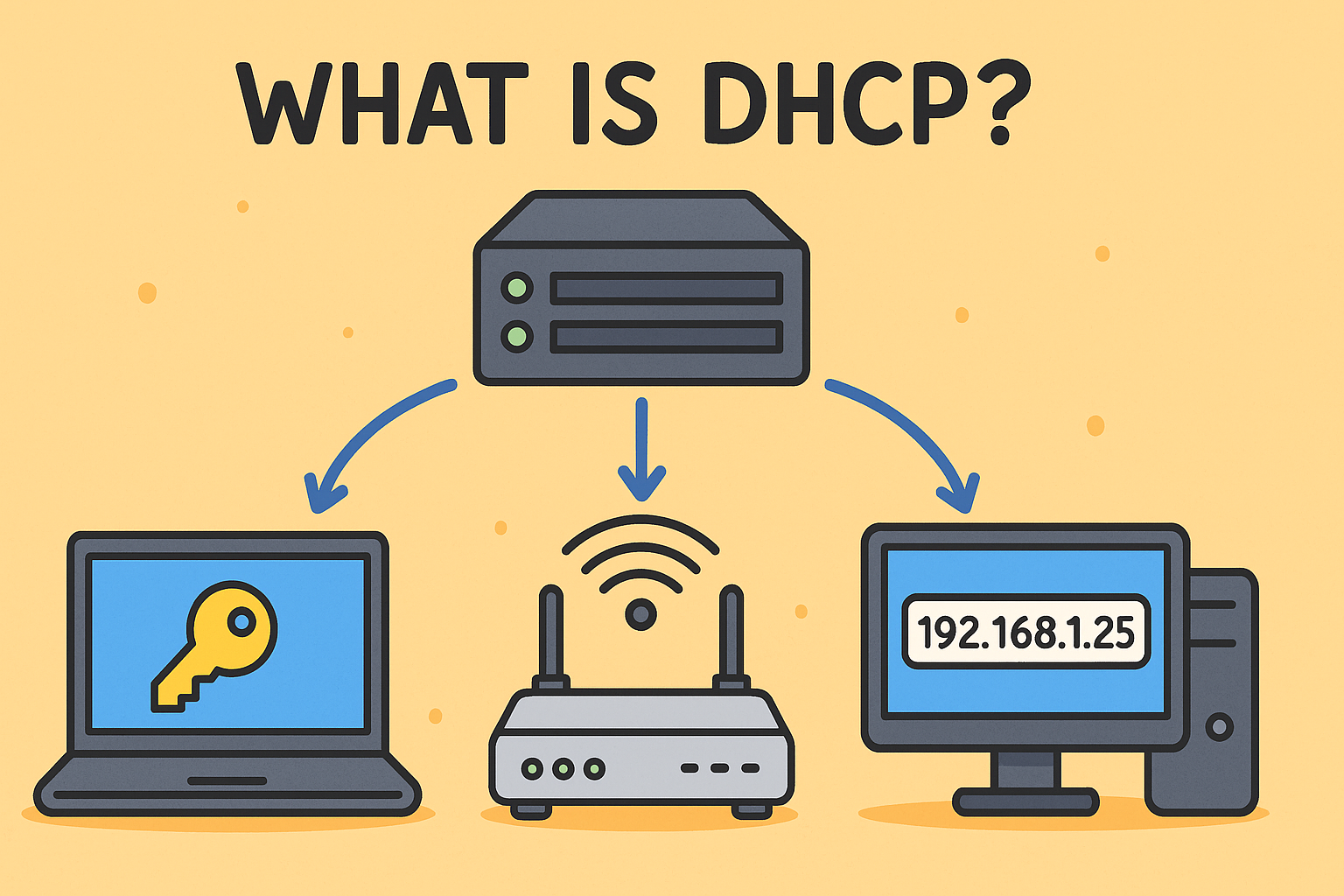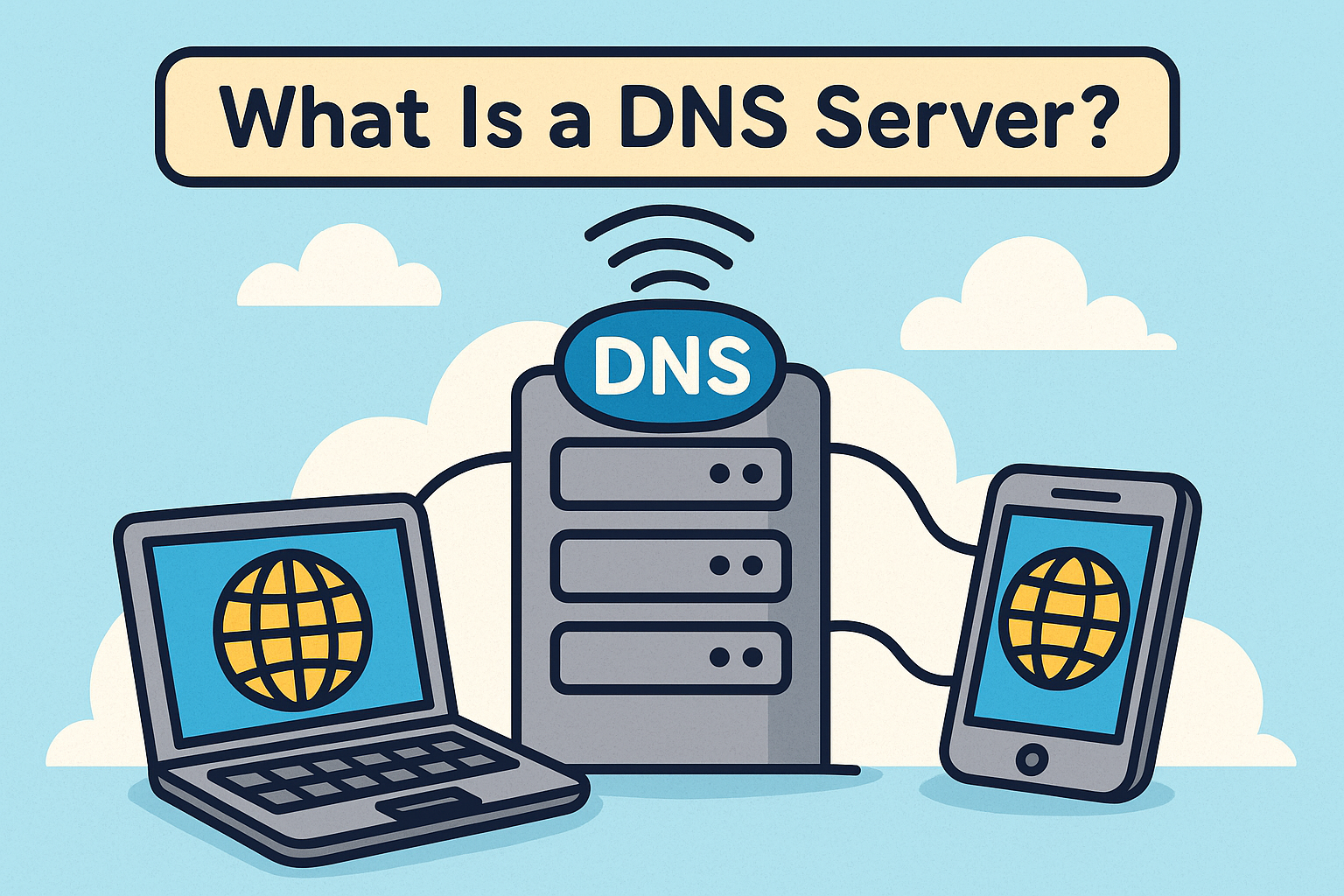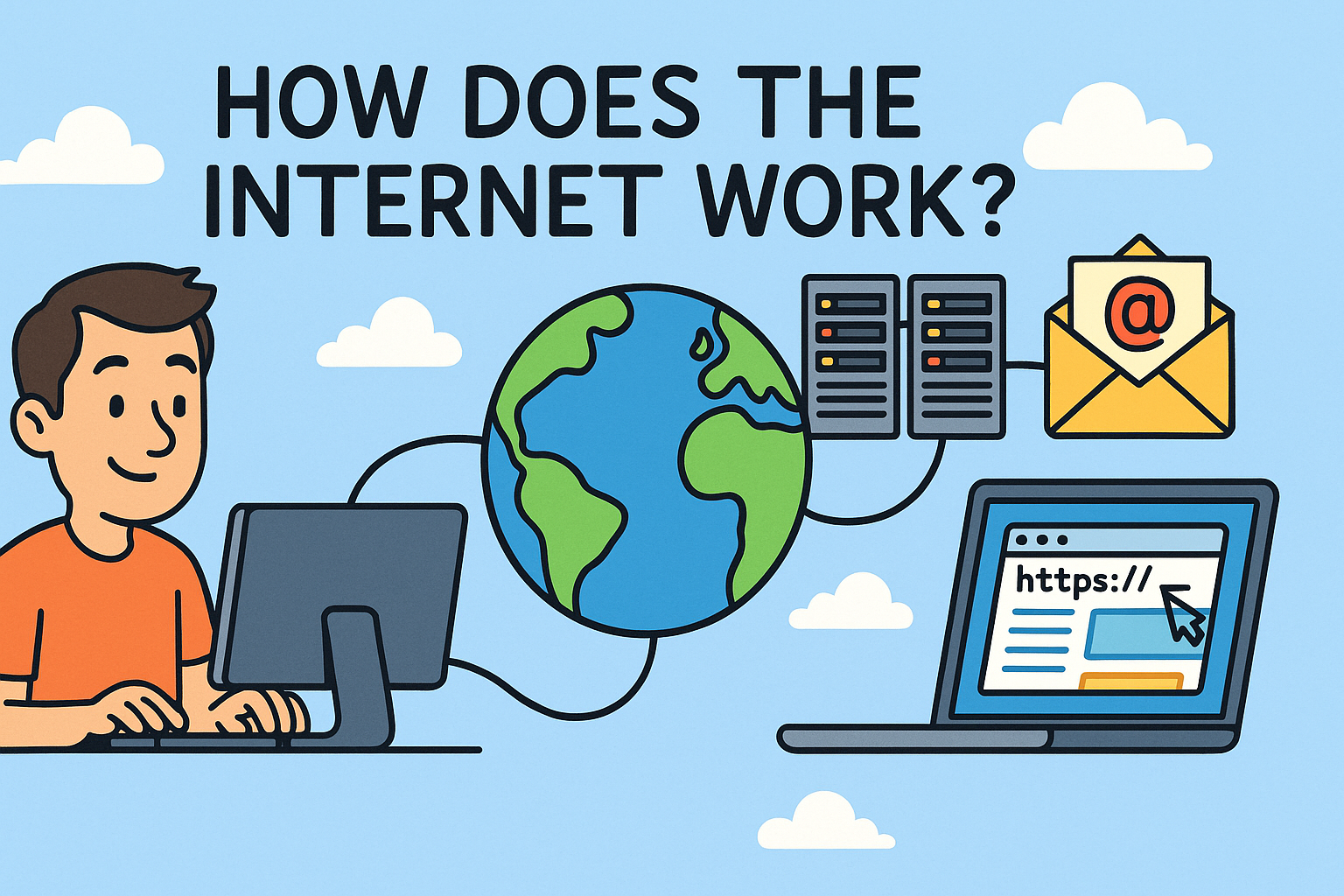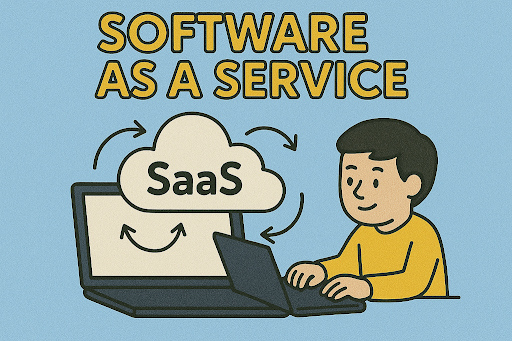What Is SOC? The Backbone of Modern Cybersecurity
Updated on June 27, 2025, by Xcitium
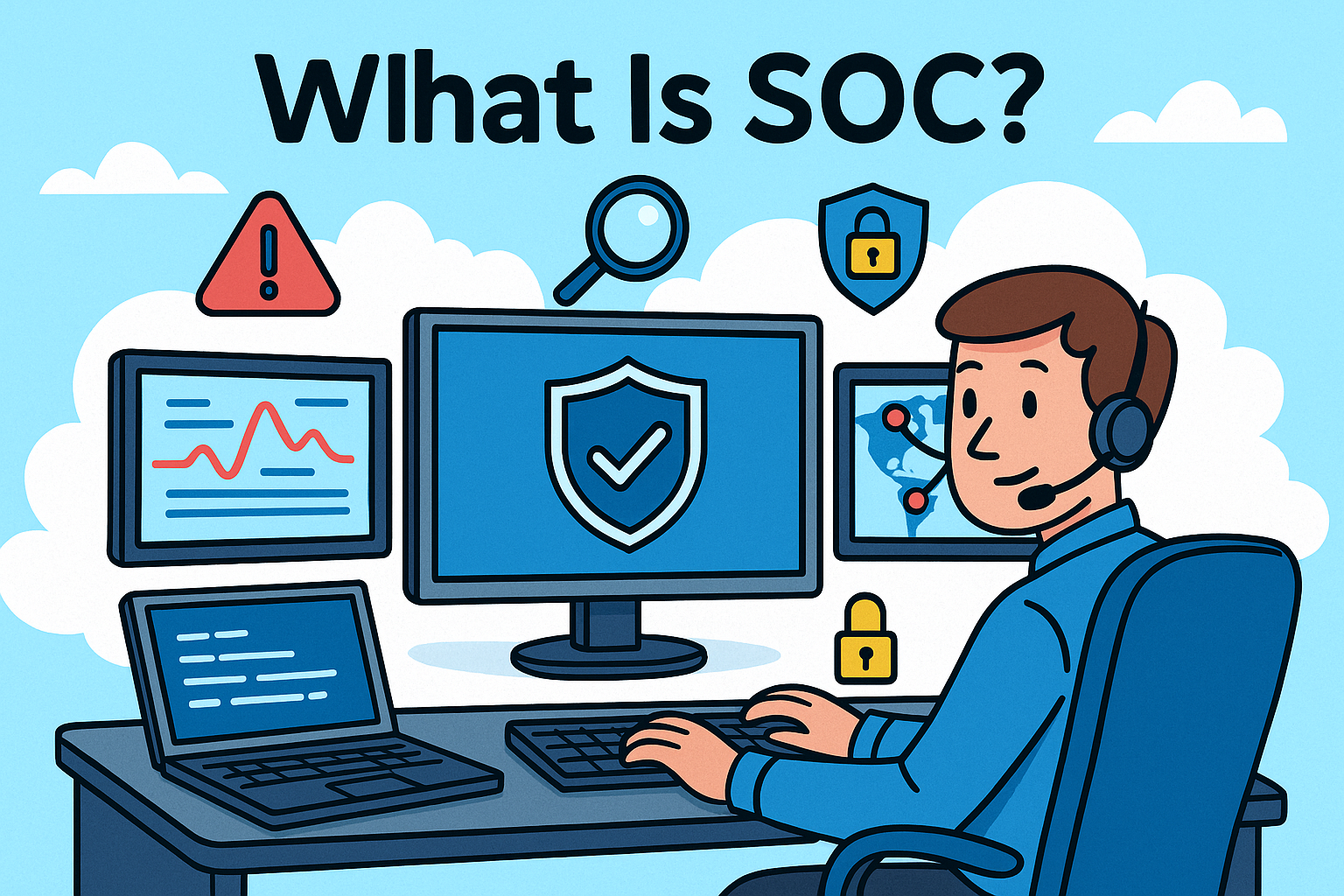
With cyberattacks increasing by over 38% globally in the past year alone, organizations are under pressure to detect and respond to threats faster than ever. But how do businesses manage around-the-clock cybersecurity?
That’s where a SOC comes in.
If you’ve ever asked, “What is SOC and why do I need it?”, you’re in the right place. This guide breaks down the definition, meaning, and importance of SOC in today’s threat landscape—especially for IT managers, CISOs, and business owners.
💡 What Is SOC?
SOC stands for Security Operations Center. At its core, a SOC is a centralized facility—or virtual hub—where security professionals monitor, detect, respond to, and manage cybersecurity incidents in real time.
SOC Meaning Simplified:
A SOC acts as your cybersecurity nerve center. Think of it as the emergency response team of your digital infrastructure.
- SOC security involves active 24/7 monitoring
- Teams use tools like SIEM, threat intelligence, and endpoint detection
- SOCs defend against malware, data breaches, insider threats, and more
Whether you have an in-house SOC or use SOC as a Service, the mission is the same: secure your assets before, during, and after an attack.
🧠 Key Functions of a SOC
A well-functioning SOC handles more than just monitoring. Here are its core responsibilities:
- Threat Detection: Identify anomalies and potential threats using logs, traffic patterns, and threat intelligence.
- Incident Response: Take immediate action to contain and mitigate attacks.
- Forensics & Root Cause Analysis: Understand what happened, how, and how to prevent it in the future.
- Compliance & Reporting: Generate reports for PCI DSS, HIPAA, SOC 2, and other regulatory frameworks.
- Continuous Improvement: Update defense mechanisms based on new threats.
🏢 Types of SOC Services
Organizations can choose between building their own SOC or outsourcing to SOC services providers. The most popular options include:
1. In-House SOC
- Full control
- High cost and staffing needs
- Suitable for large enterprises
2. Virtual SOC (vSOC)
- Remote and scalable
- Cost-effective for mid-size businesses
3. SOC as a Service
- Fully managed external team
- Faster deployment, lower overhead
- Ideal for SMBs and lean IT teams
🛠️ What Tools Does a SOC Use?
A robust SOC is built on advanced tools and platforms. Common SOC security technologies include:
- SIEM (Security Information and Event Management)
- EDR/XDR (Endpoint/Extended Detection and Response)
- Threat Intelligence Platforms
- Firewall and Intrusion Detection Systems
- SOC Login Dashboards for centralized visibility
🔐 Why Your Business Needs a SOC
Without a SOC, detecting threats can take months. With a SOC, it’s often minutes.
Key Benefits:
- 📉 Reduced response time to threats
- ✅ Enhanced compliance posture
- 🛡️ 24/7 threat visibility
- 🤖 Automation of repetitive tasks
- 💸 Cost savings from preventing breaches
A well-run SOC for cybersecurity is proactive, not just reactive.
📈 Real-World Use Cases
| Use Case | SOC’s Role |
| Ransomware Detection | Monitor network for unusual encryption behavior |
| Insider Threats | Alert on unauthorized data access |
| Phishing Emails | Flag and block malicious links or attachments |
| Data Loss Prevention (DLP) | Detect data exfiltration attempts |
| Compliance Audit | Provide SIEM logs and evidence for auditors |
🧩 SOC vs NOC: What’s the Difference?
| Feature | SOC (Security) | NOC (Network) |
| Focus | Cybersecurity threats | Network health and performance |
| Tools Used | SIEM, EDR, threat intel | Routers, switches, monitoring tools |
| Staff Roles | Analysts, threat hunters | Network engineers |
| Main Goal | Protect from cyberattacks | Ensure uptime and connectivity |
🧠 How to Build or Choose a SOC Solution
Here’s a checklist to guide your decision:
✅ Build or Buy Considerations:
- Do you have a dedicated cybersecurity team?
- Can your team manage 24/7 operations?
- Do you need compliance reporting?
- Are you prepared to invest in SIEM and automation tools?
✅ SOC as a Service May Be Best If:
- You’re a growing business with limited internal resources
- You want faster time to protection
- You need predictable monthly costs
📊 Related Graphic
Here’s a bar chart showing the average detection and response time with vs without SOC teams:
This data demonstrates the vital speed advantage of having a SOC in place.
📣 Call to Action
Don’t wait until a breach makes the news. A SOC isn’t a luxury—it’s a cybersecurity necessity in today’s threat-filled world.
👉 Request Your Xcitium SOC Demo Now and experience the power of real-time cyber defense.
❓ FAQs: What Is SOC?
1. What does SOC stand for?
SOC stands for Security Operations Center—a centralized unit for monitoring and defending against cybersecurity threats.
2. What is SOC login?
SOC login refers to access points where analysts or administrators log into dashboards to monitor security events.
3. What is SOC as a Service?
It’s an outsourced SOC solution offering 24/7 monitoring, threat detection, and response—ideal for SMBs.
4. What industries need a SOC?
Any industry with sensitive data—finance, healthcare, e-commerce, government, education—needs SOC security measures.
5. What’s the difference between SOC 1, 2, and SOC as a cybersecurity center?
SOC 1 and 2 refer to audit reports under compliance frameworks. A SOC in cybersecurity is a defense and monitoring center—not an audit report.



